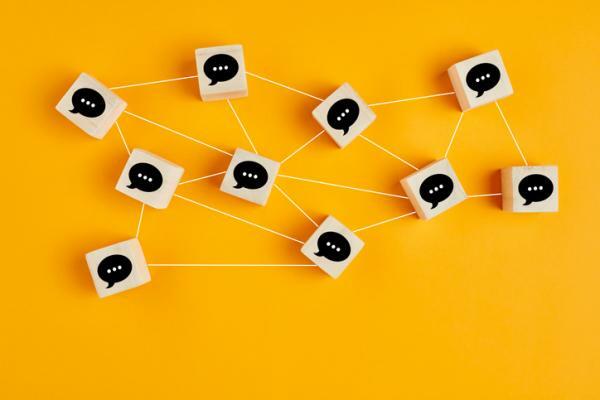
To bite nails it is a very common habit, especially in children and adolescents. However, there are pathological forms of this practice that are considered by the manuals psychiatric such as impulse control disorders and even variants of a disorder obsessive compulsive; It is in the latter case when we speak of onychophagia, the psychological term used to define the uncontrollable habit of nail biting that causes clinically significant discomfort to the person.
In this Psychology-Online article we will explain what is onychophagia, what are your possible Causes, just like him treatment more suitable for this compulsive practice.
Index
- Onychophagia: definition
- Causes of onychophagia
- Treatment of onychophagia
Onychophagia: definition.
The term onychophagia derives from the Greek words "onyx" (nail) and "phagein" (to eat). In psychology, this compulsive habit involves biting several or all of the fingernails and plucking or nibbling the cuticles (the outer coatings of the nails). This practice can be a temporary, relatively non-destructive behavior, but it can also become a serious long-term problem that requires therapeutic intervention. In psychiatric manuals, onychophagia is classified as a
In the most severe cases, chronic bites can lead to damage to the surrounding nail tissue and can cause great discomfort, not only for the person himself but also for the environment closest to him, since it is still a socially unacceptable and unsightly habit. It is important to know that, especially in the onychophagia in adultsIt can be a source of feelings of guilt and shame, and even cause stigmatization of the person with the disorder in family circles and in social settings.
Causes of onychophagia.
The causes of onychophagia are not entirely clear. Nail biting can be seen as a sign of nervousness and anxiety and as a reflection of a possible emotional disturbance or a state of great stress. Research has shown that people with onychophagia are more prone to states of nervousness and anxiety.
It has also been proven that stress and aggressiveness they are factors that exacerbate the problem. In addition, people who are in obsessive states are more likely to develop this compulsive habit as a method to reduce their anxiety. Here you will find what to do to de-stress.
Onychophagia can also be a behavior learned through vicarious conditioning (by observation). In the infantile onychophagia, children can mimic the nail-biting behavior they see in their parents or caregivers, interpreting it as natural and acceptable behavior. Maladjustment problems caused by sudden changes in the family unit or by the loss of a loved one They are also the ideal breeding ground for this compulsive habit to be triggered automatically.
Treatment of onychophagia.
There is no standard treatment for onychophagia, but the most common, cheapest, and widely available solution is to apply a transparent and bitter-tasting nail polish (usually denatonium benzoate). In this way, the unpleasant taste discourages the habit of biting nails and over time the compulsive behavior is reduced.
Another way to address this problem is through the application of behavioral therapy techniques. The most used is habit reversal technique, a therapeutic procedure that seeks to unlearn the compulsive habit of biting nails and replace it with another practice more constructive and that includes training to increase awareness of unwanted behavior, monitoring of one's own behaviors, the relaxation training and various motivational techniques.
Other techniques such as stimulus control, the use of bracelets with reminder messages or dental deterrents have also been used in the treatment of onychophagia. In addition, in recent years there have been tests with the use of drugs, such as n-acetylcysteine, although the evidence of their effectiveness is very limited.
This article is merely informative, in Psychology-Online we do not have the power to make a diagnosis or recommend a treatment. We invite you to go to a psychologist to treat your particular case.
If you want to read more articles similar to What is onychophagia? Definition, causes and treatment, we recommend that you enter our category of Clinical psychology.
Bibliography
- Aguado, E. C., & Tena, R. OR. (2011). Behavioral intervention in a case of onychophagia. Teaching and Research in Psychology, 16(1), 103-113.
- Tanaka, O. M., Vitral, R. W. F., Tanaka, G. Y., Guerrero, A. P., & Camargo, E. S. (2008). Nailbiting, or onychophagia: a special habit. American Journal of Orthodontics and Dentofacial Orthopedics, 134(2), 305-308.


